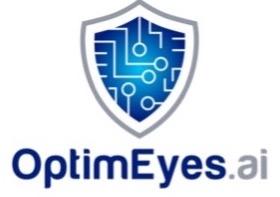Companies Will Need to Upgrade Cybersecurity Risk Management to Comply with Anticipated SEC Rules
A company can check the ESG box by doing a number of things; it can then tell stakeholders that box has been checked and enjoy the upside of being a company that prioritizes ESG with, perhaps, minimal long-term commitment. Sure, there is some amount of upkeep that comes with any new program or initiative at the corporate level, but if all we’re talking about is measuring new things and putting that data into a report, then the level of actual work that requires is way, way more in year one than subsequent years.
Fundamentally, most everyone who takes ESG seriously knows it’s an ongoing, iterative process and that the benefits of doing it are both empirical and anecdotal. This is why, in part, a new report (emphasis ours) from the World Economic Forum is so fascinating:
While ESG disclosures have long been voluntary, there is now a tectonic shift underway. Mandatory ESG regulation efforts in the European Union, the US, and internationally are picking up pace.
Coupled with increasing stakeholder focus on company ESG performance and concerns over corporate greenwashing, these regulations could have a far-reaching impact, on anything from raising capital to talent acquisition.
The report goes on to say that implementing ESG measures is driving organizational, cultural, digital, and brand transformation – practically all aspects of operating a business. It means a company’s ESG program is the company.
It also means that new or growing companies potentially have an operational advantage over established businesses. Arguably it’s easier and more straightforward to open or scale a new business using ESG as the foundation of that business than it is to reach into every vertical function of an established corporation and try to drive change.
To develop ESG programs, companies can use RiskOpsAI™ risk modeling and Unified Common Control Framework to establish and map a common framework of controls across risk types and standards across the organization. They can also be used to measure and manage emissions and integrate ESG risk with enterprise risk in near real time. This creates a single source of truth using intuitive neuroscience-based dashboard analytics.
RiskOpsAI™’ unique “inside out” modeling approach to delivering risk quantification together with scenario planning and maturity assessments help organizations calibrate the effectiveness of their controls in achieving their tactical and strategic objectives by integrating ESG risk considerations into the organization’s goals and objectives.
For more information on the RiskOpsAI™ solution, visit here. To request a demo, contact us here.
